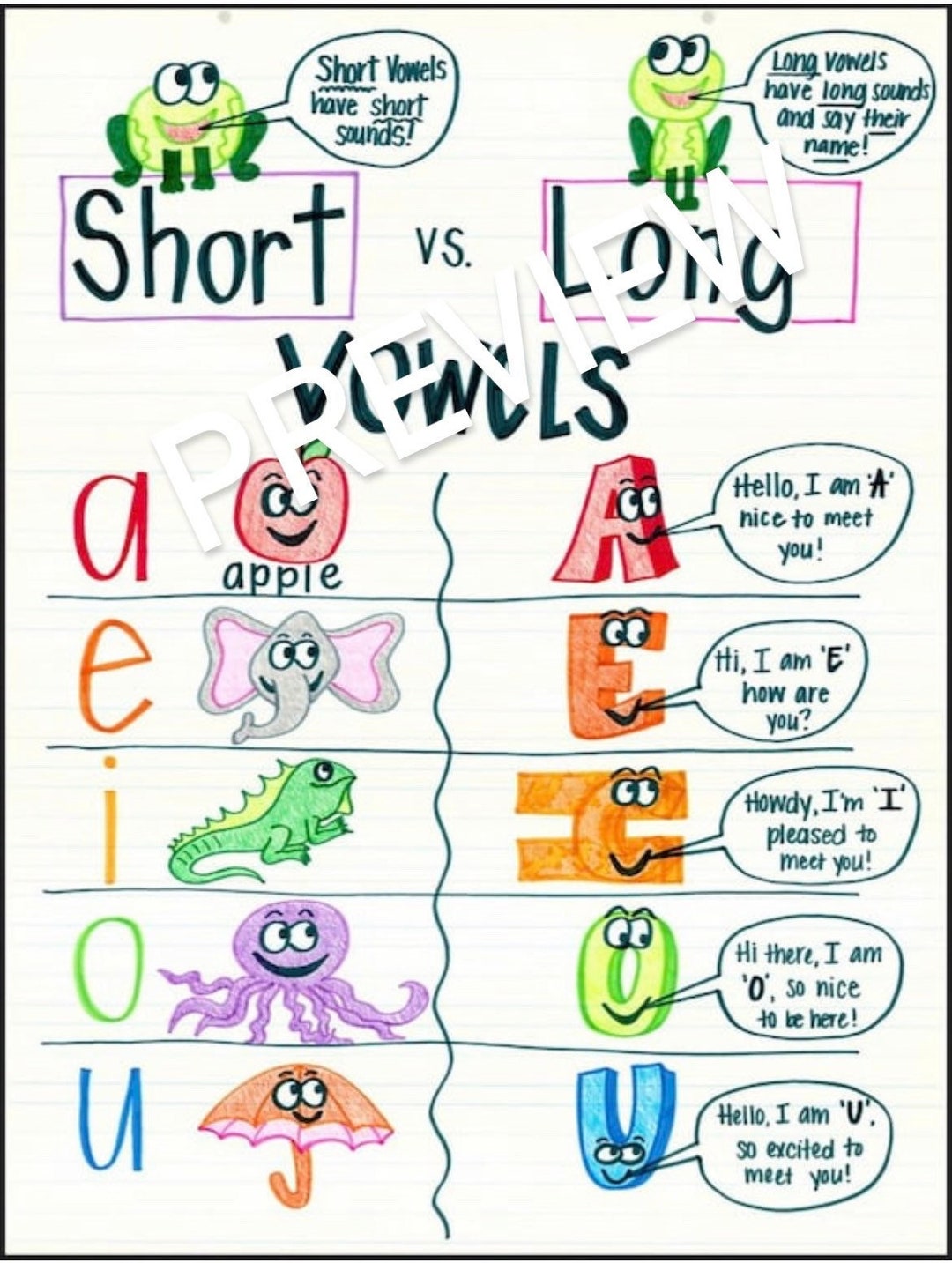Speech Therapy in Special Education: Understanding Services, Rights, and Support Systems
Understand speech therapy within special education framework
Speech therapy occupy a unique position within the special education landscape, serve as both a related service and a specialized intervention for students with communication disorders. The relationship between speech therapy and special education create a comprehensive support system design to help students overcome communication barriers and achieve academic success.
Speech language pathologists work within schools to provide therapeutic services that forthwith support students’ educational goals. These professionals assess, diagnose, and treat communication disorders that may impact a student’s ability to participate full in classroom activities and academic learning.
Legal foundation and federal guidelines
The individuals with disabilities education act (idea )establish the legal framework that govern how speech therapy services are prprovidedithin special education. Under idea, speech therapy is cclassifiedas a related service, mean it support students in access their education kinda than serve as the primary educational program itself.
Relate services under idea are defined as transportation and developmental, corrective, and supportive services requireassistingt a child with a disability to benefit from special education. Speech language pathology services fall clear within this definition, provide essential support for students whose communication challenge interfere with their educational progress.
The federal guidelines ensure that students receive appropriate services base on individual needs preferably than categorical labels or diagnoses. This approach emphasize functional impact on educational performance as the primary consideration for service provision.
Eligibility criteria and assessment process
Students become eligible for speech therapy services through a comprehensive evaluation process that examine both the presence of a communication disorder and its impact on educational performance. The assessment typically involves multiple components, include standardized testing, informal observations, and functional communication evaluations.
Speech language pathologists conduct detailed assessments that examine various aspects of communication, include articulation, language comprehension and expression, fluency, voice quality, and social communication skills. The evaluation process likewise considers how communication challenges affect the student’s participation in classroom activities and academic achievement.
Eligibility determination require evidence that the communication disorder adversely affect educational performance. This mean that students must demonstrate not but the presence of a communication challenge but likewise show that this challenge interfere with their ability to learn or participate in educational activities.
The multidisciplinary team, which include parents, teachers, administrators, and relate service providers, review assessment results to determine eligibility and appropriate service levels. This collaborative approach ensure that decisions reflect comprehensive understanding of the student’s needs and educational context.
Individualized education program integration
Speech therapy services are document within the student’s individualized education program (iIEP) which serve as the legal document outline the student’s educational plan. The ieIEPpecify the frequency, duration, and location of speech therapy services, along with measurable goals and objectives.
Speech language pathologists collaborate with the IEP team to develop communication goals that align with the student’s overall educational objectives. These goals must be measurable, achievable within the IEP timeframe, and immediately relate to the student’s educational needs.
The IEP process require annual reviews to assess progress toward goals and determine whether service levels remain appropriate. Speech language pathologists provide data on student progress and recommend adjustments to services base on ongoing assessment and change needs.
Service delivery models vary depend on individual student need and may include direct therapy, consultation with teachers, collaborative teaching, or group interventions. The IEP team determine the nigh appropriate service delivery model base on the student’s specific communication challenges and educational goals.
Service delivery models and approaches
Speech therapy services in schools utilize various delivery models to meet diverse student need efficaciously. The traditional pull-out model involve remove students from the classroom for individual or small group therapy sessions. This approach allow for intensive, focus intervention but may result in miss classroom instruction.
Collaborative consultation represent a service delivery model where speech language pathologists work forthwith with teachers to modify classroom activities and implement communication strategies. This approach ensure that communication goals are address within the natural learn environment while support teachers in accommodate students’ communication needs.
Inclusive service delivery integrate speech therapy direct into classroom activities, allow students to work on communication goals while participate in academic instruction. This model promotes generalization of skills and reduce the stigma sometimes associate with pull out services.
The push in model involve speech language pathologists provide services within the general education classroom, support students during regular academic activities. This approach facilitate collaboration between speech language pathologists and teachers while maintain students’ access to grade level curriculum.

Source: blog.skillsuccess.com
Collaborative team approach
Effective speech therapy services rely on strong collaboration among all team members, include parents, teachers, administrators, and other relate service providers. Speech language pathologists serve as communication experts who help team members understand how communication challenges affect learn and social interaction.
Regular communication between speech language pathologists and classroom teachers ensure that therapeutic goals align with academic expectations and that strategies are implemented systematically across settings. This collaboration help students generalize communication skills from therapy sessions to classroom activities and social interactions.
Parents play a crucial role in the collaborative team, provide valuable information about their child’s communication at home and support carry over of therapeutic strategies. Speech language pathologists work with families to develop home practice activities and communication strategies that reinforce school base interventions.
Other related service providers, such as occupational therapists, physical therapists, and school psychologists, may collaborate with speech language pathologists when students have multiple service needs. This interdisciplinary approach ensure that services are coordinate and reciprocally supportive.
Types of communication disorders address
Speech therapy services in schools address a wide range of communication disorders that impact educational performance. Articulation disorders involve difficulty produce speech sound aright, which may affect intelligibility and academic participation, peculiarly in activities require oral communication.
Language disorders encompass challenges with understanding and express language, include vocabulary development, sentence structure, and comprehension of complex instructions. These disorders importantly impact academic achievement across all subject areas, as language underlie most educational activities.
Fluency disorders, include stuttering, affect the flow and rhythm of speech. Students with fluency disorders may experience anxiety about speak situations and may avoid participation in classroom discussions or presentations.
Voice disorders involve problems with vocal quality, pitch, or volume that may result from medical conditions or vocal misuse. These disorders can affect students’ ability to communicate efficaciously in classroom settings and may impact their willingness to participate in oral activities.
Social communication disorders affect pragmatic language skills, include the ability to use language befittingly in social contexts. Students with these disorders may struggle with conversation skills, nonverbal communication, and understand social cues, which can impact peer relationships and classroom interactions.
Evidence base therapeutic approaches
Speech language pathologists employ evidence base practices to ensure that interventions are effective and appropriate for individual student need. These approaches are ground in scientific research and clinical expertise, provide the foundation for quality service delivery.
Phonological awareness interventions help students develop understanding of sound structures in language, support both speech production and literacy development. These interventions are specially important for students with articulation disorders and those at risk for read difficulties.
Language intervention approach focus on develop comprehension and expression skills through structured activities and naturalistic teaching strategies. These interventions may target specific language components, such as vocabulary or grammar, while besides address functional communication needs.
Augmentative and alternative communication (aAAC)strategies support students who have limit verbal communication abilities. AaAACpproaches range from simple picture communication systems to sophisticated electronic devices that generate speech output.

Source: thedailymba.com
Social communication interventions address pragmatic language skills through structured teaching, peer interaction opportunities, and explicit instruction in social communication rules. These approaches help students develop the communication skills necessary for successful social relationships and classroom participation.
Progress monitoring and data collection
Systematic progress monitoring ensure that speech therapy services are effective and that students are make meaningful gains toward their communication goals. Speech language pathologists collect data regularly to track student progress and make informed decisions about intervention adjustments.
Data collection methods vary depend on the specific goals being address but may include standardized assessments, curriculum base measurements, and functional communication observations. This information provides objective evidence of student progress and helps identify areas where intervention modifications may be need.
Progress report communicate student achievements to parents and team members, highlight areas of growth and identify continued areas of need. These reports help maintain accountability and ensure that services remain focused on meaningful outcomes.
Regular review of progress data allow speech language pathologists to adjust intervention strategies, modify goals, or recommend changes in service delivery models. This responsive approach ensure that services remain effective and appropriate for change student needs.
Transition planning and long term support
Speech therapy services must consider long term outcomes and transition needs, specially for students approach graduation or move between educational settings. Transition planning involve assess communication skills need for post secondary education, employment, or independent living.
Speech language pathologists collaborate with transition teams to identify communication supports that may be need in future environments. This planning ensure continuity of support and help students develop the communication skills necessary for success beyond school.
Self advocacy skills represent an important component of transition planning, as students must learn to communicate their needs and request appropriate accommodations in post secondary settings. Speech therapy services can help students develop these essential life skills.
Documentation of communication needs and effective strategies provide valuable information for future service providers and help ensure that students continue to receive appropriate support in new environments.
Parental rights and advocacy
Parents have specific rights regard their child’s speech therapy services under special education law. These rights include participation in all decision make processes, access to evaluation results, and the ability to request independent evaluations if they disagree with school assessments.
Informed consent is required before initial evaluations and before services begin. Parents must receive clear explanations of propose services, include the frequency, duration, and location of interventions, along with information about alternative approaches that wereconsideredr.
Due process rights protect parents who disagree with decisions about their child’s speech therapy services. These rights include access to mediation, due process hearings, and legal representation when necessary to resolve disputes.
Parent participation in IEP meetings ensure that family perspectives are considered in service planning. Parents bring valuable insights about their child’s communication at home and can advocate for services that address their child’s unique needs and circumstances.



